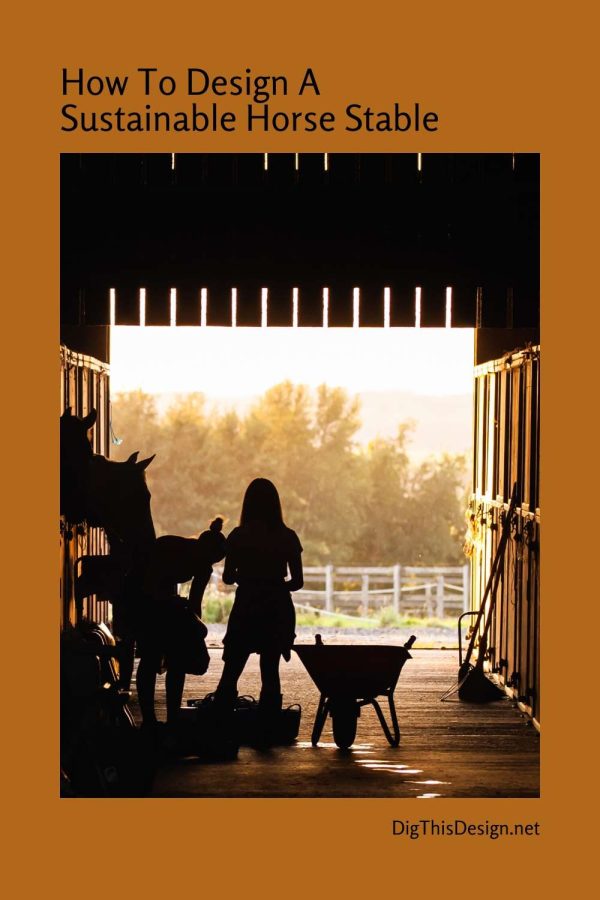As with any green building design, it is important to consider all aspects of the carbon footprint you are creating. Not only is it important to use sustainable materials, but you want to make sure that you are using what is local to the area to avoid using up resources with transport of materials. Local woods would be more susceptible to the local climate as well and perform better.
Renewable and Recycled Materials For Horse Stables

A Sustainable Structure
Bamboo has become a popular building material for eco-friendly horse barns. This species is one of the fastest growing and can be cultivated without harmful fertilizers or pesticides. Bamboo sequesters 35% more carbon than trees, so it is more efficient at reducing carbon dioxide levels in the atmosphere. If you are considering using bamboo, you must know there are over 1600 species of bamboo worldwide. You want to make sure the bamboo you chose is suitable for structural use for building barns. Lamboo, Inc. uses five species of bamboo that are, on average, over three times harder than wood.
Whatever wood material you chose, you want to make sure it is considered a “green” product, and not just a “green washed” product. Look for the following attributes:
- natural
- renewable
- non-toxic
- made of recycled materials
- produced locally
- reusable
- verifiable certifications
The Forest Stewardship Council (FSC), a not-for-profit organization dedicated to responsible management of the world’s forests. If your wood is FSC certified, it means the wood was harvested and transported in a manner that respects local laws and worker rights, is environmentally responsible, and protects the health of forests worldwide.
Eco Interior Finishes
Recycled rubber flooring is a good choice and you can get it to look like brick, which aesthetically is nice for using in the aisles.
Milk paint is made from milk protein, lime, clay and earth pigments and is a great choice to use for painting your barn. This is a very environmentally friendly paint that uses no lead, no chemical preservatives, and no-fungicides. This product contains no hydrocarbons or any other petroleum derivatives.
Natural Lighting & Ventilation
Natural lighting and ventilation can be achieved through proper planning and design. This is where I would recommend hiring a professional to help you design a structure that would use natural light and air flow to the fullest.
The position of your barn matters a lot to being able to utilize the natural light and creating vertical ventilation through the Bernoulli principle. This is important because the air inside the barn will be vented out through roof vents. The prevailing winds blowing over the roof and the angle of the roof accentuates the difference in high and low-pressure and the leeward side pulls the air out. The natural ventilation is supported by a chimney effect. This natural ventilation system rids the barn of odors, pathogens and infectious bacteria. Fans are a known to be a source of transporting bacteria and through the vertical ventilation method you can eliminate the problem and avoid energy waste.
The effect of natural light and health is a hot button topic because it is necessary to sustain a healthy life and that goes for animals as well. Not only is natural lighting good on our environment, but is a healthy choice.
Images Courtesy of Canva.





